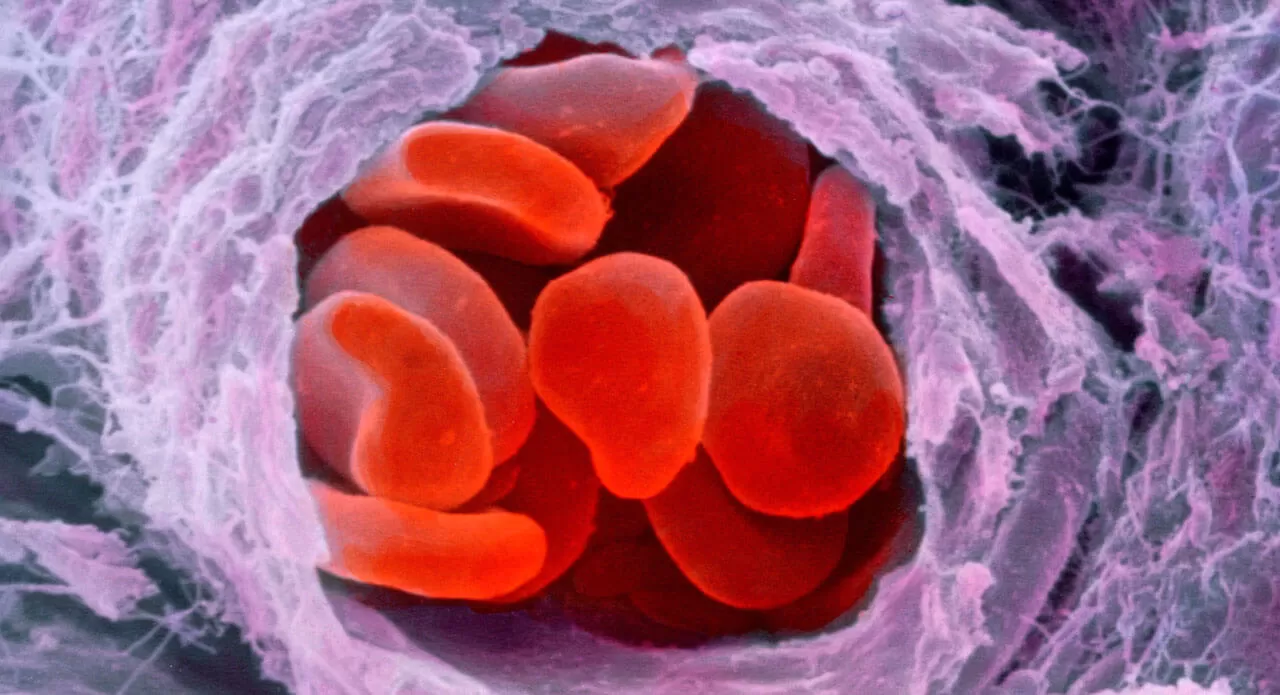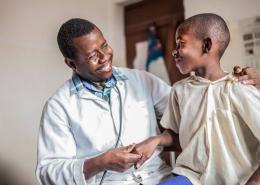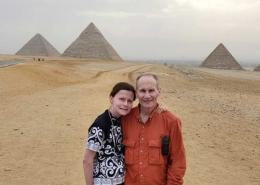The Search for a ‘Liquid Biopsy’ and Other Advances to Diagnose Cancer

A liquid biopsy — a technology that attempts to diagnose a disease through a blood sample rather than by using a tissue sample collected through a traditional biopsy — is just one technology being explored to make cancer diagnosis faster and less invasive.
Imagine going to your doctor for a simple blood test and knowing within 24 hours whether you have cancer. No need for biopsies, time-consuming scans, and waiting days, if not weeks, to learn results.
For scientists like Dr. Hakan Sakul, this is the vision for how cancer may be diagnosed in the not-so-distant future — all potentially saving the patient the anguish of uncertainty or shortening the time it takes to begin treatment.
“If I were the patient, I want to be able to go to my physician, not give a tissue biopsy but instead give a blood sample,” says Sakul, Pfizer’s Head of Diagnostics, based at the company’s R&D site in La Jolla, California. “I'd like that sample to be tested and get the results back very quickly, within 24 hours.”
What Sakul describes isn’t some fictional scenario. Cancer researchers are already working on the major elements that could turn Sakul’s vision into a reality. Here’s an overview of three technologies that could propel cancer diagnosis into the future.
Testing for Genetic Markers of Cancer as a ‘Panel,’ Not One at a Time
Great advances have been made in recent years in detecting and using genetic markers for certain cancers, such as the BRCA genes for breast cancer, or the EGFR gene for non-small cell lung cancer.
Instead of a series of standalone tests that could take weeks to figure out if a patient’s cancer may be a good candidate for targeted therapies, researchers are working on a screening “panel” that could test for multiple genetic mutations at the same time by sequencing, or decoding, the cancer’s genes.
“For a patient, if you do the tests one by one, you might wait a long time, and these patients don't have time to wait, because every day is important to them. If you test multiple mutations at one time, you could know exactly what you have and what you don't have,” Sakul says. “Your doctor could determine much more quickly the proper course of treatment.”
Another advantage of gene sequencing is that instead of trying to interpret a tissue sample under a microscope to determine if it’s malignant, the sequencing gives you a definitive answer. “Sequencing allows you to go from this visual representation of the disease to understanding the disease at the molecular level,” Sakul says.
Diagnosing Cancer With a Blood Test
Another major component in Sakul’s vision for the future of cancer diagnosis is the ability to detect the cancer and sequence its genes through a blood test, rather than by extracting a tissue sample with a biopsy, which can be a painful and cumbersome process. The ability to use a blood sample for diagnostics is referred to as a “liquid biopsy” or blood-based profiling.
“The question is, ‘Are these genetic markers in blood robust enough?’” Sakul says, meaning, can the blood sample give results that would be as reliable as using a tissue sample. “Can you actually detect what you're looking for in the blood sample? That is the biggest scientific piece of the puzzle right now that's under investigation.”
Some cancers are trickier than others to develop liquid biopsies, but work is on-going to find solutions.





